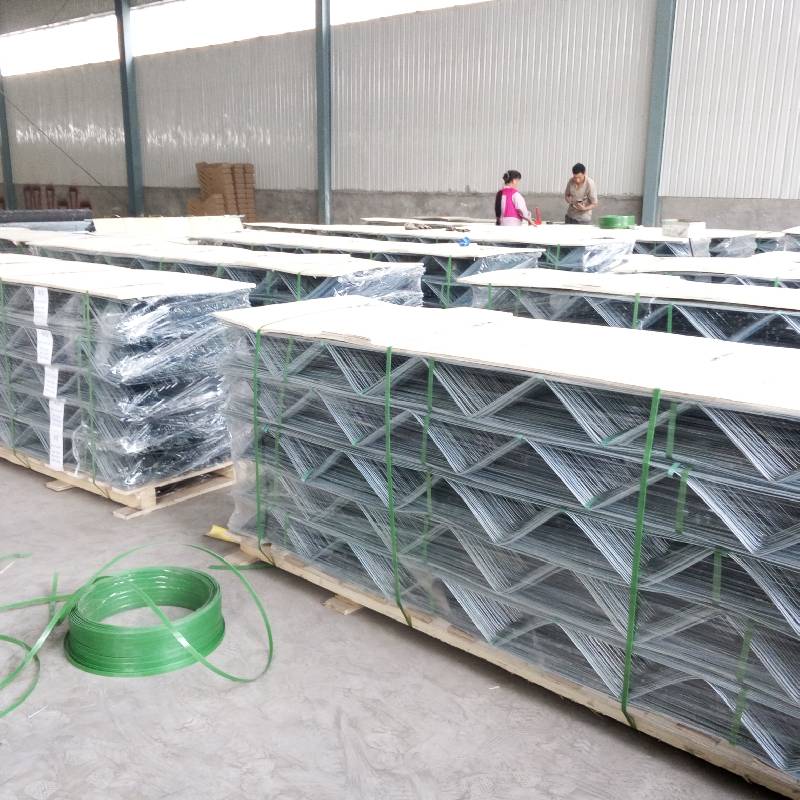
- Mobile Phone
- +8613931874955
- sales@cntcmetal.com
wire stakes
The Significance of Wire Stakes in Modern Agriculture and Gardening
Wire stakes are an essential tool in modern agriculture and gardening, providing farmers and gardeners with the means to support plants, maintain structural integrity, and optimize growth conditions. These versatile implements are typically made of durable materials such as galvanized steel, stainless steel, or coated wire, ensuring longevity and resistance to rust and corrosion. Their design allows for easy installation, adjustment, and removal, making them a favorite among horticulturists and landscapers alike.
One of the primary uses of wire stakes is to support growing plants. Many crops, such as tomatoes, beans, and peas, tend to grow tall and may require additional support to prevent bending or breaking under their own weight. By strategically placing wire stakes around these plants, growers can provide the necessary stability, allowing them to flourish. This support system not only protects the plants but also enhances air circulation and sunlight exposure, both critical factors for healthy growth.
In addition to supporting individual plants, wire stakes can also be utilized for training plants to grow along predetermined paths. For example, vine crops like cucumbers and melons benefit greatly from being trained upward, which keeps fruits off the ground, reducing the risk of rot and pest damage. By using wire stakes combined with twine or netting, gardeners can effectively manage the growth direction of these plants, maximizing space utilization and optimizing yield.
wire stakes

Moreover, wire stakes play a significant role in protecting young trees and shrubs from various environmental stressors
. Newly planted saplings are particularly vulnerable to strong winds and heavy rains, which can lead to uprooting or severe damage. Installing wire stakes around these young plants helps anchor them firmly in the ground, allowing them to establish their root systems without the fear of being toppled by adverse weather conditions. This practice not only promotes plant health but also contributes to a higher survival rate for newly installed flora.The versatility of wire stakes extends beyond plant support; they can also be employed in creating garden structures and layouts. Gardeners often use wire stakes to mark boundaries, paths, or areas designated for specific types of plants. This organization simplifies garden maintenance and design while ensuring that adequate space is provided for each plant to thrive. Furthermore, wire stakes can be used in conjunction with other materials to create trellises and arbors, enhancing the aesthetic appeal of gardens and providing habitats for beneficial insects.
Another significant advantage of wire stakes is their cost-effectiveness. Compared to other support systems such as wooden stakes or metal cages, wire stakes are often more affordable and can be reused for multiple growing seasons. Their lightweight nature makes storage and transportation easy, allowing gardeners and farmers to maintain a organized toolkit without a significant investment in space or resources.
In conclusion, wire stakes are a valuable component in agricultural practices and home gardening. They offer essential support for plants, protect young flora from environmental factors, facilitate effective space management, and provide an economical solution to plant cultivation challenges. As we continue to develop sustainable practices in agriculture, the importance of tools like wire stakes cannot be overstated, highlighting their integral role in promoting healthy and efficient plant growth. Embracing such simple yet effective tools can lead to more productive yields and a beautiful, thriving garden.
share:
-
Why Sacrificial Formwork Is Redefining Underground ConstructionNewsJun.06,2025
-
The Structural Dynamics of Modern Concrete: How Snake Spacers Revolutionize Flexible ReinforcementNewsJun.06,2025
-
Snake Spacers Smart-Lock Concrete Reinforcement with Surgical PrecisionNewsJun.06,2025
-
Snake Spacers: Reinforcement Precision for Modern Concrete ProjectsNewsJun.06,2025
-
Snake Spacers Powering Concrete's Structural DNANewsJun.06,2025
-
Slither into Success: Snake Spacers' Precision Bite for Unbreakable ReinforcementNewsJun.06,2025
-
Sacrificial Formwork: Building Stronger, Faster, and Safer StructuresNewsJun.06,2025



















